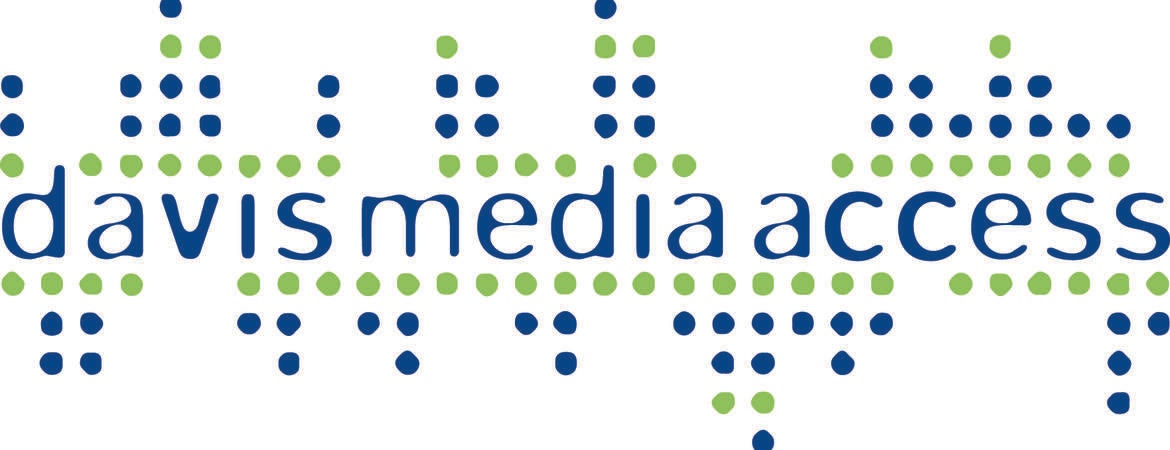Center for Social Innovation

This month marks 23 years that I’ve written this column in The Davis Enterprise, which has allowed me and many others to write about nonprofits, businesses, lifestyle, arts, climate, culture, and more, for decades.
The same is true for organizations all along the nonprofit media route — inconsistent soft funding, uncertain government funding or declining user fees make planning and building capacity difficult. So the questions are, what happens after pandemic loans and grants end? How can something so important be so underfunded? What happens if more of these local outlets go dark?
Those are questions Karthick Ramakrishnan, a professor of public policy at the University of California, Riverside, and director of its Center for Social Innovation, articulates in his recent CalMatters article calling for a revisioning of support for all community-centered media organizations (https://bit.ly/2YHMI04). In discussing the Capitol attack on Jan. 6, Ramakrishnan says the event revealed many gaping holes in the foundations of our democracy, including “the role of digital media platforms in exacerbating and weaponizing disinformation.”
He writes that even as the government is dealing with the impacts of social media, it “need(s) to pay urgent attention to investing in community media — local media as well as ‘ethnic media’ or ‘media of color’ — to build an ecosystem of reliable and trustworthy news that can serve the needs of our 21st century democracy.” He cites efforts already underway, such as the American Journalism Project’s initial fundraising goal of $50 million to provide investments and in-kind support to 35 nonprofit news organizations around the country, and Facebook’s $25 million in grants to assist more than 200 local news organizations.
He notes that these efforts, while good, are minuscule compared to the scale of the problem of local media outlets facing extinction, and the even greater risks facing media focused on communities of color. Given the enormous scope of the challenges, he writes, we need to craft a national solution that is scalable locally.
Ramakrishnan concludes with, “Perhaps (this) is where regulation and financing could meaningfully intersect. As Congress and state governments contemplate social media regulations that better serve the needs of our democracy, they should also consider financing mechanisms like media license fees and general taxes that can support the evolution and growth of community-serving media. In addition, the Biden administration’s desire to “build back better” should consider not only infrastructure projects in energy and transportation, but also the civic infrastructure of communities including reliable voting systems and trusted, well-resourced community news media.”